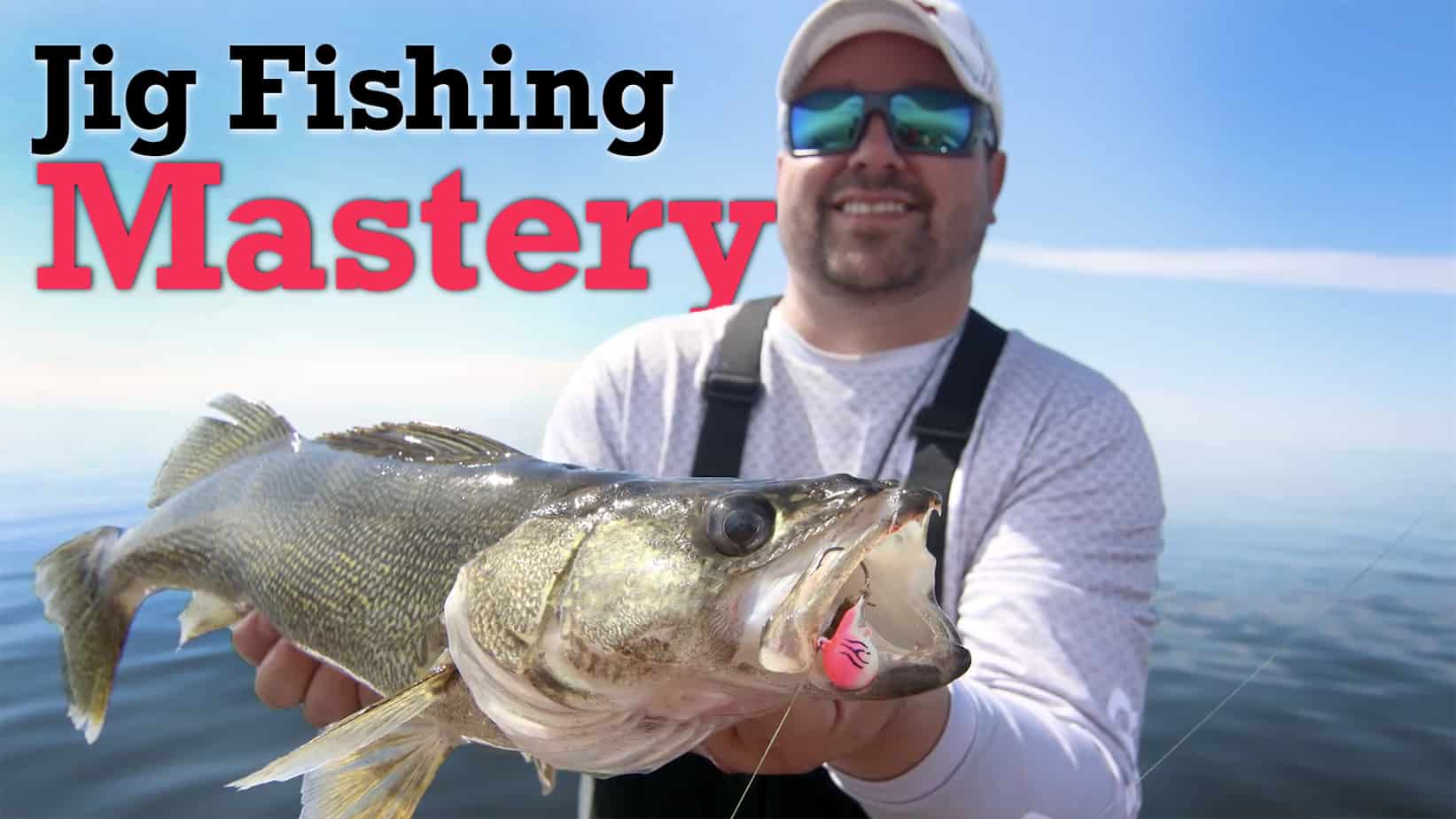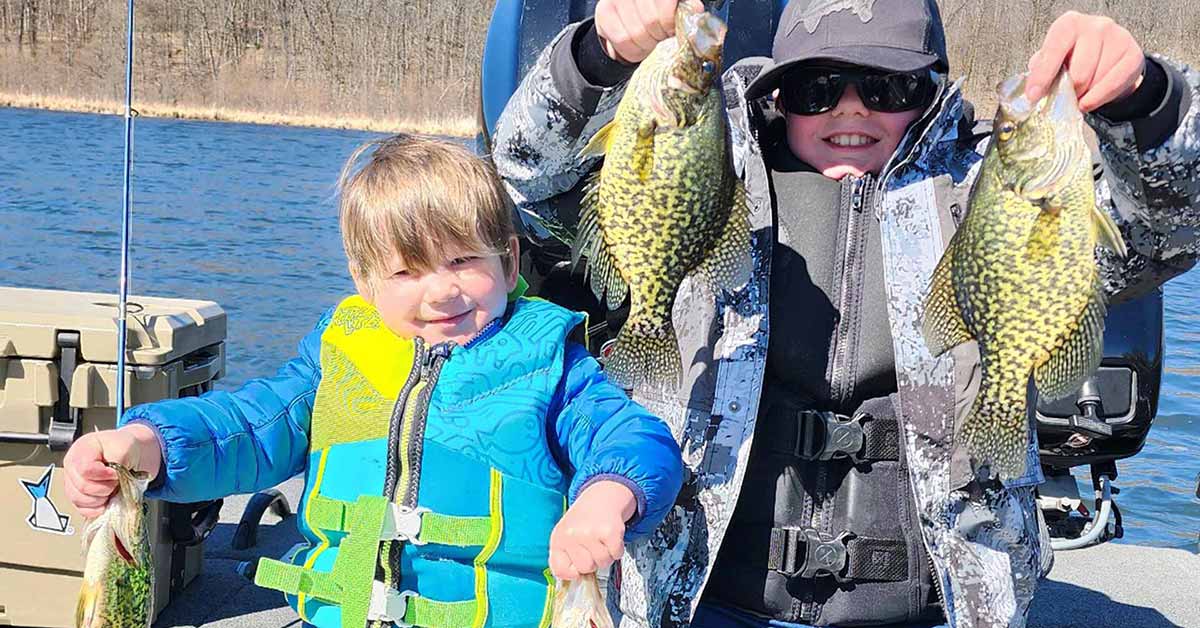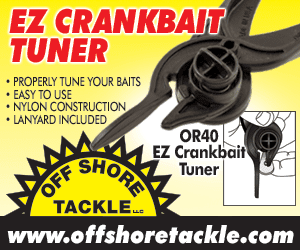In this show, we’re going to dive deep into arguably the world’s best fishing lure — The Jig.
Jigs are a universal bait that pretty much catches every single freshwater gamefish in the world. There are many subtleties regarding jigs like drop speed, head design, color, different patterns, shapes, hook styles, and eyelets, all of which can make a big difference depending on the presentation and fishing conditions.
Jig fishing is a popular technique among anglers, and for good reason. It can be incredibly effective for catching a variety of fish species, including walleye, bass, and smallmouth. In this article, we will explore some expert tips and techniques for mastering the art of jig fishing.
Choosing the Right Jig
When it comes to jig fishing, choosing the right jig is crucial. There are many different types of jigs available, each designed for specific fishing conditions and target species. Here are a few key factors to consider when selecting a jig:
- Weight: The weight of the jig will determine how quickly it sinks and how deep it can be fished. Lighter jigs are ideal for shallow water, while heavier jigs are better suited for deeper water.
- Color: The color of the jig is important for attracting fish. In clear water, natural colors like brown and green tend to work well. In stained or murky water, brighter colors like chartreuse or orange can be more effective.
- Profile: The profile of the jig refers to its shape and size. Different fish species have different preferences when it comes to jig profiles. For example, walleye tend to be attracted to jigs with a shad or minnow profile, while bass may prefer a crawfish or creature profile.
Once you have chosen the right jig for your fishing conditions and target species, it’s time to start fishing.
Techniques for Jig Fishing
There are several techniques that can be used when jig fishing, depending on the behavior of the fish and the structure of the water. Here are a few popular techniques to try:
- Pitching and Flipping: This technique involves casting the jig close to cover, such as weeds or fallen trees, and allowing it to sink to the bottom. Then, using a slow and subtle retrieve, you can entice fish to strike.
- Dragging: Dragging a jig along the bottom can be an effective way to target fish that are holding near the bottom. This technique is often used when fishing for walleye or bass in deeper water.
- Swimming: Swimming a jig involves a steady retrieve with occasional twitches or pauses to mimic the movement of a swimming baitfish. This technique can be effective for targeting active fish in open water.
- Vertical Jigging: Vertical jigging is a technique that involves dropping the jig straight down below the boat and then lifting and dropping it in a rhythmic motion. This can be a great technique for targeting suspended fish or fish holding near structure.
Remember to experiment with different techniques and retrieve speeds to see what works best for the fish you are targeting.
Expert Tips
In the transcript, several expert anglers share their tips and techniques for jig fishing. Here are some key takeaways:
- Soft Plastics: Using soft plastics, such as paddle tail swimbaits or creature baits, can be highly effective when jig fishing. These baits have a lifelike action in the water and can attract fish from a distance.
- Transitions: Pay attention to transitions in the water, such as from rocks to sand or from weed lines to open water. These areas can hold a lot of fish and are worth targeting with a jig.
- Live Bait: Live bait, such as leeches or crawlers, can also be effective when jig fishing. Slip bobbers or live bait rigs can be used to present the bait in a natural and enticing way.
- Timing: Fishing early in the morning or in the evening can often yield the best results. These are prime feeding times for many fish species, including walleye and bass.
- Electronics: Utilize your electronics to locate fish and structure. This can help you determine where to focus your jig fishing efforts.
- Aquatic Invasive Species: It’s important to follow proper protocols to prevent the spread of aquatic invasive species. Clean all equipment, drain all water, and dispose of unused bait properly.
Conclusion
Jig fishing is a versatile and effective technique for catching a variety of fish species. By choosing the right jig, using the proper techniques, and following expert tips, you can increase your chances of success on the water. Remember to experiment and adapt your approach based on the behavior of the fish and the conditions you are fishing in. Happy jig fishing!










